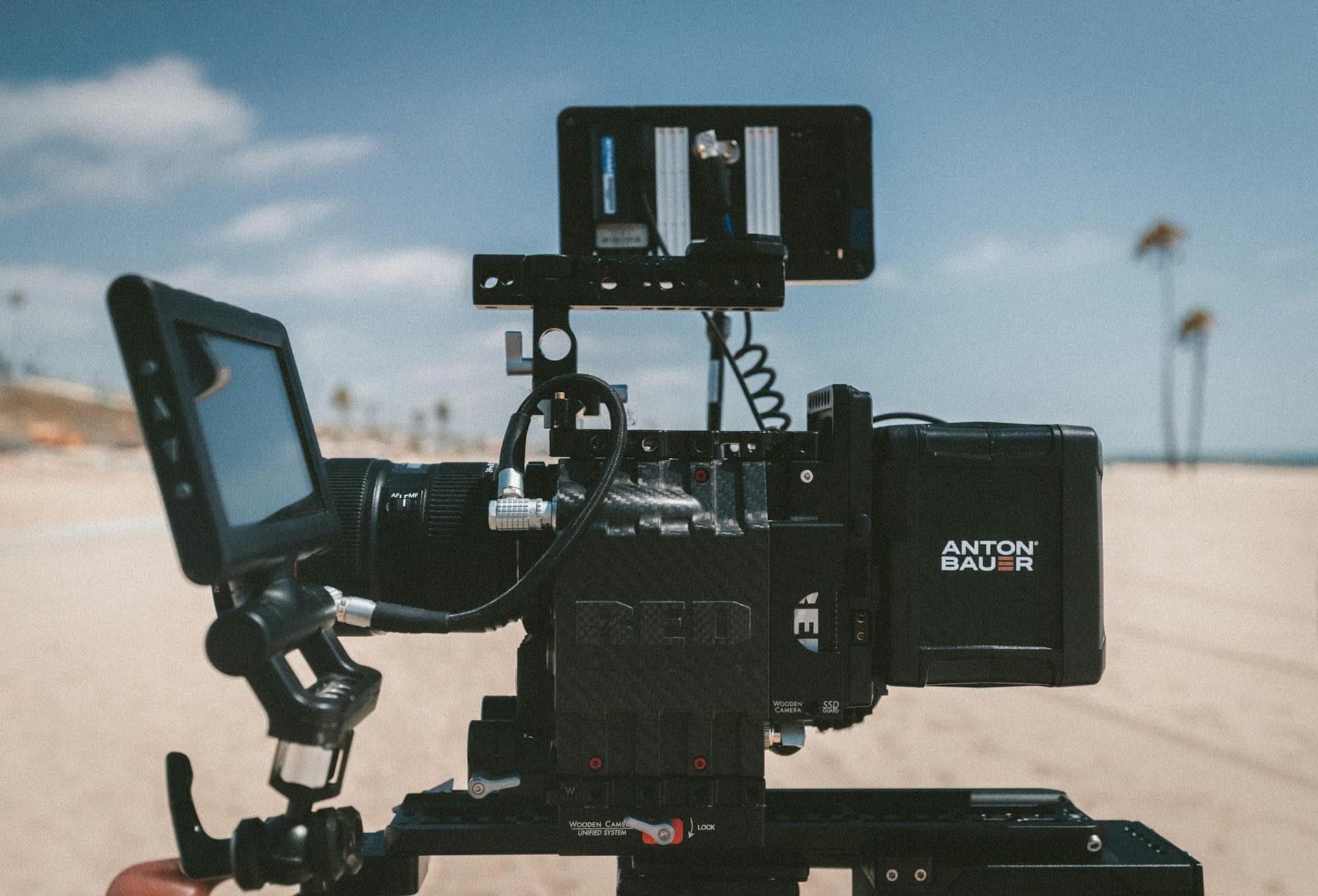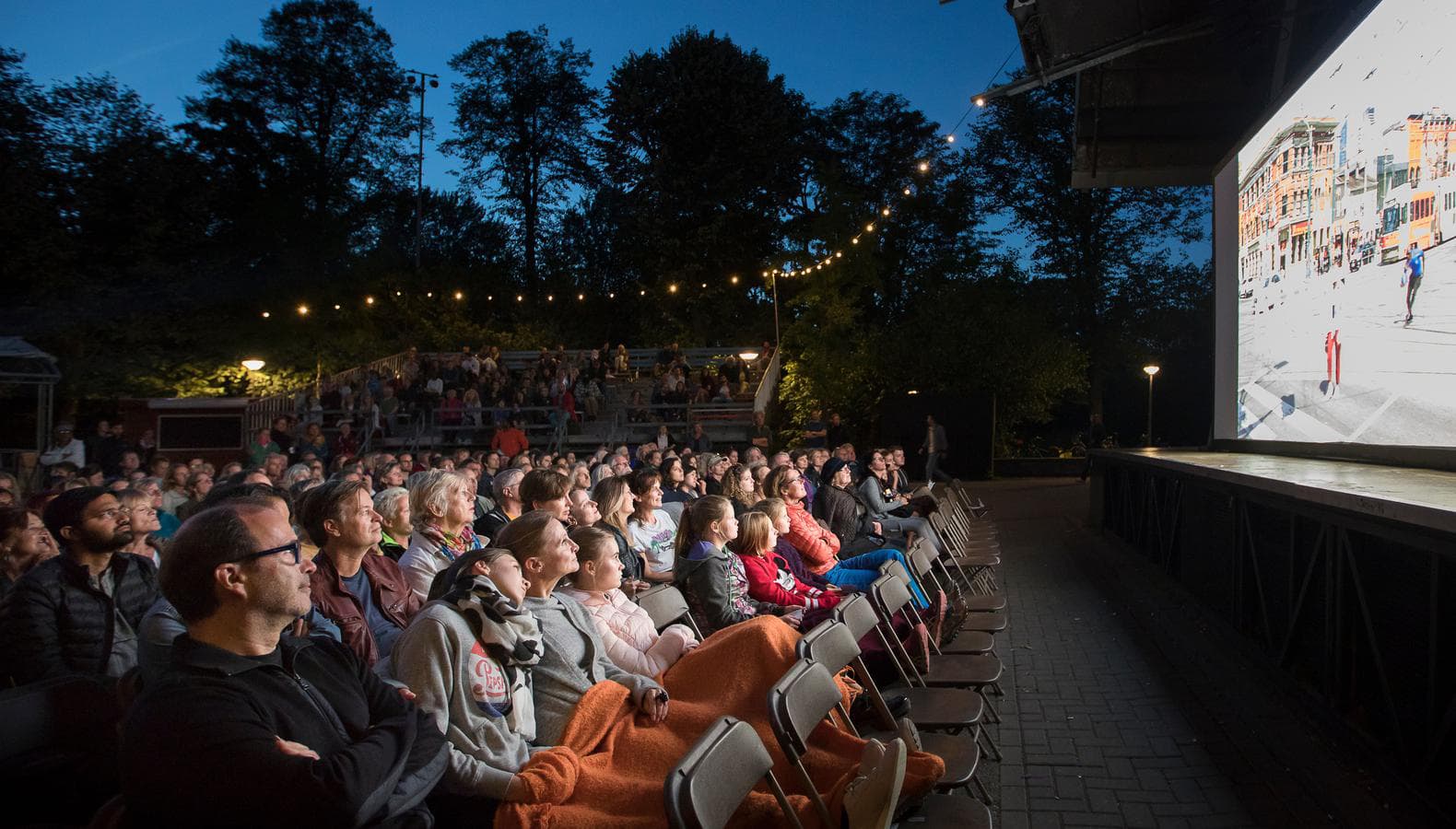Movies have a unique way of etching certain scenes into our collective memory. Whether it’s a heart-pounding action sequence, a tender romantic moment, or a spine-chilling thriller twist, iconic scenes have the power to transcend the screen and become a part of our cultural fabric. But what exactly makes these scenes stand out? Let’s dive into the elements that contribute to the greatness of some of the most memorable moments in film history.
The Power of Cinematography
One of the key components that can turn a good scene into a great one is cinematography. This involves the art of making the visual elements of a film compelling and evocative. A well-crafted shot can communicate emotions, themes, and narrative nuances without a single word being spoken.
Composition and Framing
Consider the famous “Here’s looking at you, kid” scene from “Casablanca.” The framing of Rick and Ilsa, with the soft focus on their faces and the intricate play of shadows and light, creates an intimate and timeless moment. The choice of close-up shots emphasizes the emotional weight of their farewell, making the audience feel the intensity of their connection.
Camera Movement
In “Goodfellas,” Martin Scorsese’s iconic Copacabana scene utilizes a single tracking shot that follows Henry Hill and Karen as they navigate through the bustling club. This long take, free from cuts, draws viewers into the scene, creating a sense of immersion and continuity. The fluidity of the camera movement mirrors Henry’s smooth-talking charisma and the allure of the gangster lifestyle, making it unforgettable.
The Role of Sound and Music
Sound design and music score play a crucial role in defining the impact of a scene. The right audio elements can elevate the emotional resonance and drive the narrative forward.
Sound Effects
Think about the shower scene in Alfred Hitchcock’s “Psycho.” The screeching violins of Bernard Herrmann’s score coupled with the stark, repetitive sound of the knife create a sense of terror that is almost palpable. The sudden, jarring sound effects intensify the viewer’s shock and horror, leaving an indelible mark on the psyche.
Musical Score
The use of music in “Star Wars” is a prime example of how a score can define an entire film saga. John Williams’ “Imperial March” instantly conjures images of Darth Vader and the menacing presence of the Empire. The powerful, dark tones of the march set the mood and reinforce the narrative of good versus evil, making each appearance of the theme iconic.
Character and Performance
Even the most beautifully shot and perfectly scored scenes can fall flat without compelling characters and performances. The actors’ ability to convey deep emotions and connect with the audience is often what makes a scene truly memorable.
Emotional Authenticity
In “Schindler’s List,” the scene where Oskar Schindler breaks down in tears, lamenting that he didn’t save more lives, is a masterclass in emotional authenticity. Liam Neeson’s raw, heart-wrenching performance captures the complexity of Schindler’s character and the overwhelming sense of guilt and sorrow. This moment resonates deeply because it feels profoundly real and human.
Iconic Dialogues
Iconic lines often go hand-in-hand with iconic scenes. “I’ll be back” from “The Terminator” or “You can’t handle the truth!” from “A Few Good Men” are examples of how powerful dialogue delivered with conviction can become embedded in popular culture. These lines, coupled with the actors’ compelling delivery, enhance the scene’s impact and memorability.
Visual Effects and Innovation

Sometimes, the groundbreaking use of visual effects can make a scene stand out. The innovation and technical prowess behind these effects can create awe-inspiring moments that push the boundaries of what’s possible in film.
Revolutionary Techniques
The bullet-dodging scene in “The Matrix” revolutionized the use of visual effects with its “bullet time” technique. The combination of slow-motion photography and computer-generated imagery (CGI) allowed audiences to experience action in a way that had never been seen before. This scene not only wowed viewers but also influenced countless films and video games.
Practical Effects
Not all iconic scenes rely on CGI; some achieve greatness through practical effects. The chase scene in “Mad Max: Fury Road” is a testament to this. The film’s use of real stunts, explosive pyrotechnics, and minimal CGI resulted in an adrenaline-fueled spectacle that felt raw and visceral. The commitment to practical effects added a layer of authenticity that captivated audiences.
The Director’s Vision
At the heart of every great scene is the director’s vision. The director’s ability to orchestrate all the elements—cinematography, sound, performance, and effects—into a cohesive and impactful whole is what ultimately makes a scene iconic.
Auteur Filmmaking
Directors like Quentin Tarantino and Stanley Kubrick are known for their distinctive styles and meticulous attention to detail. Tarantino’s use of dialogue and nonlinear storytelling in the diner scene of “Pulp Fiction” showcases his unique approach to filmmaking. Similarly, Kubrick’s perfectionism is evident in the haunting symmetry and unsettling calm of the “Here’s Johnny!” scene in “The Shining.”
Collaborative Effort
While the director’s vision is paramount, filmmaking is a collaborative effort. The synergy between the director, cinematographer, actors, and the entire production team is crucial in bringing a scene to life. Steven Spielberg’s beach landing scene in “Saving Private Ryan” is a prime example. The collaboration between Spielberg, cinematographer Janusz Kamiński, and the cast and crew resulted in a harrowing and realistic depiction of war that has become a cinematic milestone.
Conclusion: The Alchemy of Iconic Scenes
Creating an iconic film scene is like performing alchemy. It requires a perfect blend of visual artistry, sound mastery, compelling performances, innovative effects, and a visionary director to transform a moment into something magical. These scenes endure because they resonate on multiple levels, drawing us in, evoking emotions, and leaving a lasting impression. They remind us of the power of cinema to transport, inspire, and connect us through shared experiences.
So, the next time you find yourself mesmerized by a movie moment, take a closer look at the ingredients that make it great. You’ll discover that behind every iconic scene lies a rich tapestry of creative brilliance and technical expertise.



